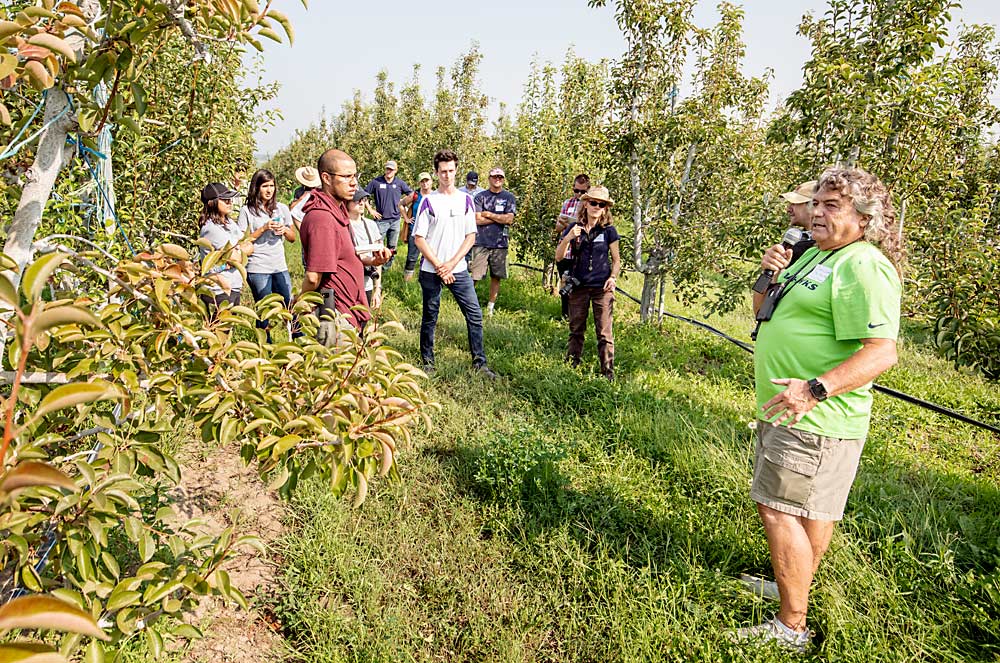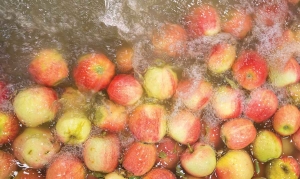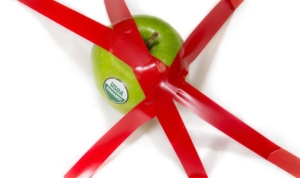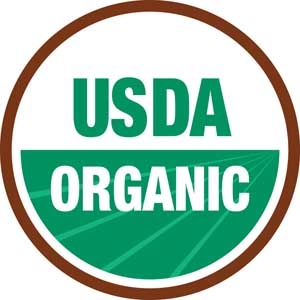
Editor’s note:
We are releasing this story from our October 2020 issue early so that growers can meet the Oct. 1 deadline for submitting written comments or signing up to speak at the upcoming National Organic Standards Board meetings. For more information about submitting comments, go to: www.ams.usda.gov/event/national-organic-standards-board-nosb-meeting-cedar-rapids-iowa
When it comes to the materials used in organic crop production, “use it or lose it” may not be enough to keep an item on the National List: Growers also have to enthuse it.
This month, when the National Organic Standards Board meets — virtually — it will reevaluate dozens of items approved for use in organic production, including several priority products for the tree fruit industry.
For example, sodium silicate, which is used by packers to help pears float down a flume, is up for sunset review this fall.
“We haven’t heard any negative comments, so I’m thinking it will be renewed,” said Steve Ela, an organic tree fruit grower in Hotchkiss, Colorado, who has served on the NOSB since 2017 and is chair this year. “But if there are any pear processors out there that use it and depend on it, it’s good for them to say so.”
Ela encourages growers and packers to submit written comments in support of products they depend on and products they’d like to have access to.
“We definitely struggle sometimes with lack of comments,” Ela said. “When we don’t get any feedback on something, it makes us question: Is this still used?”
The Northwest Horticultural Council’s organic subcommittee, part of their Science Advisory Committee, regularly monitors NOSB activities and provides both written and oral comments on the items that affect its members. But hearing directly from producers is even more impactful, said Harold Austin, director of orchard administration at Zirkle Fruit in Selah, Washington. Austin currently serves as chair of the NHC’s organic subcommittee and previously served on the NOSB.
“It’s important they realize that in this situation, their voice does make a difference,” Austin said. “Members of the NOSB really put a lot of emphasis on receiving the comments from the stakeholders.”
Other items up for a vote this fall include insecticidal soaps, lignin sulfate and ozone. A panel discussion on sanitizers is scheduled Nov. 12.
“Sanitizers are a big concern, particularly in the packing sheds where they have to deal with all the food safety laws,” said David Epstein, NHC vice president for scientific affairs. “We’re keeping an eye on those.”
Next spring’s discussions will likely involve kasugamycin, an antibiotic used for fire blight management.
“That would take the place, potentially, of one of the antibiotics we previously lost,” Austin said. “It does not have animal or human health uses, so there would be no crossover concerns of resistance.”
Call to participate
Though he prefers attending in-person meetings, Dain Craver of Royal Bluff Orchards in Royal City, Washington, encourages all of his growers to write a letter. “If growers don’t send the comments in, especially on some major critical items that we need, we get into trouble,” said Craver, also a member of the NHC organic subcommittee.
Grower comments are particularly important for educating new members of the board. At the meeting this fall, five new board members are participating in their first sunset review. In January, five more new members will join the 15-member board and will go through their first sunset review next fall. That’s two-thirds of the board changing in two years.
“Once you switch over and get new board members, sometimes their whole attitude changes — and I’m not saying for the best or for the worst — they just have a different approach on it,” Craver said.
Mating disruption is a good example of that, Epstein said.
“There was a big debate about whether or not that should be allowed in organic, because the chemical is produced synthetically,” he said. Now the conversation involves some of the devices and the inert materials used to keep the formulations viable. “People look and they say, ‘Oh, this isn’t a natural product, we shouldn’t have it.’ And we’ve got to explain this is why it’s in there and why it should be OK.”
So how does a grower learn about and engage in the commenting process?
“It’s getting easier now that they’ve gone to virtual meetings and they’ve incorporated webinars as part of the oral testimony process,” said Austin. Instead of having to travel to a meeting to provide oral testimony, growers can now sign up and participate from their home office.
To keep track of meetings and materials up for sunset review, growers can sign up for the National Organic Program’s email notification service, the Organic Insider, and watch for alerts from NHC and other industry groups. •
Online:
To sign up for email notifications from the Organic Insider, go to: www.ams.usda.gov/reports/organic-insider
For more information about the National Organic Standards Board meetings, go to: www.ams.usda.gov/rules-regulations/organic/nosb/meetings
—by Jonelle Mejica









Leave A Comment